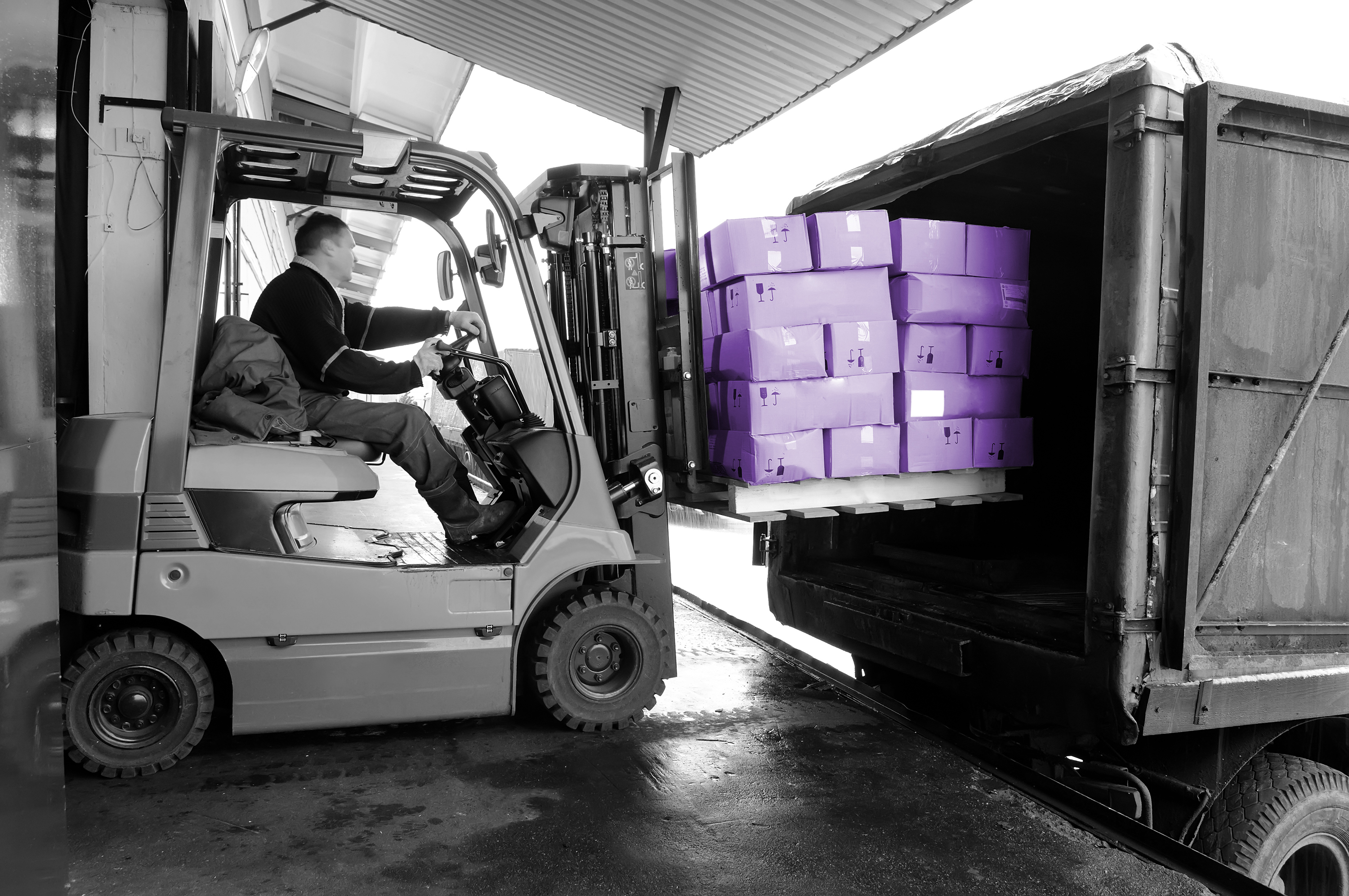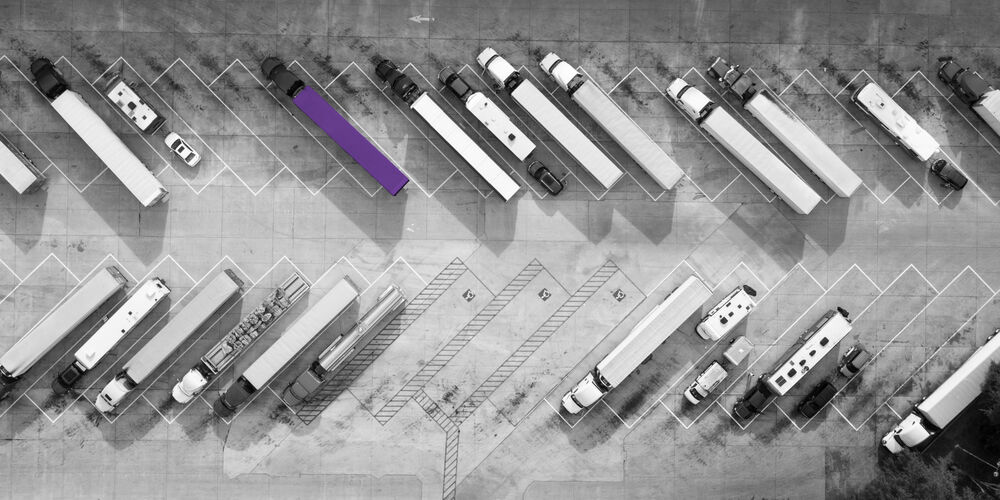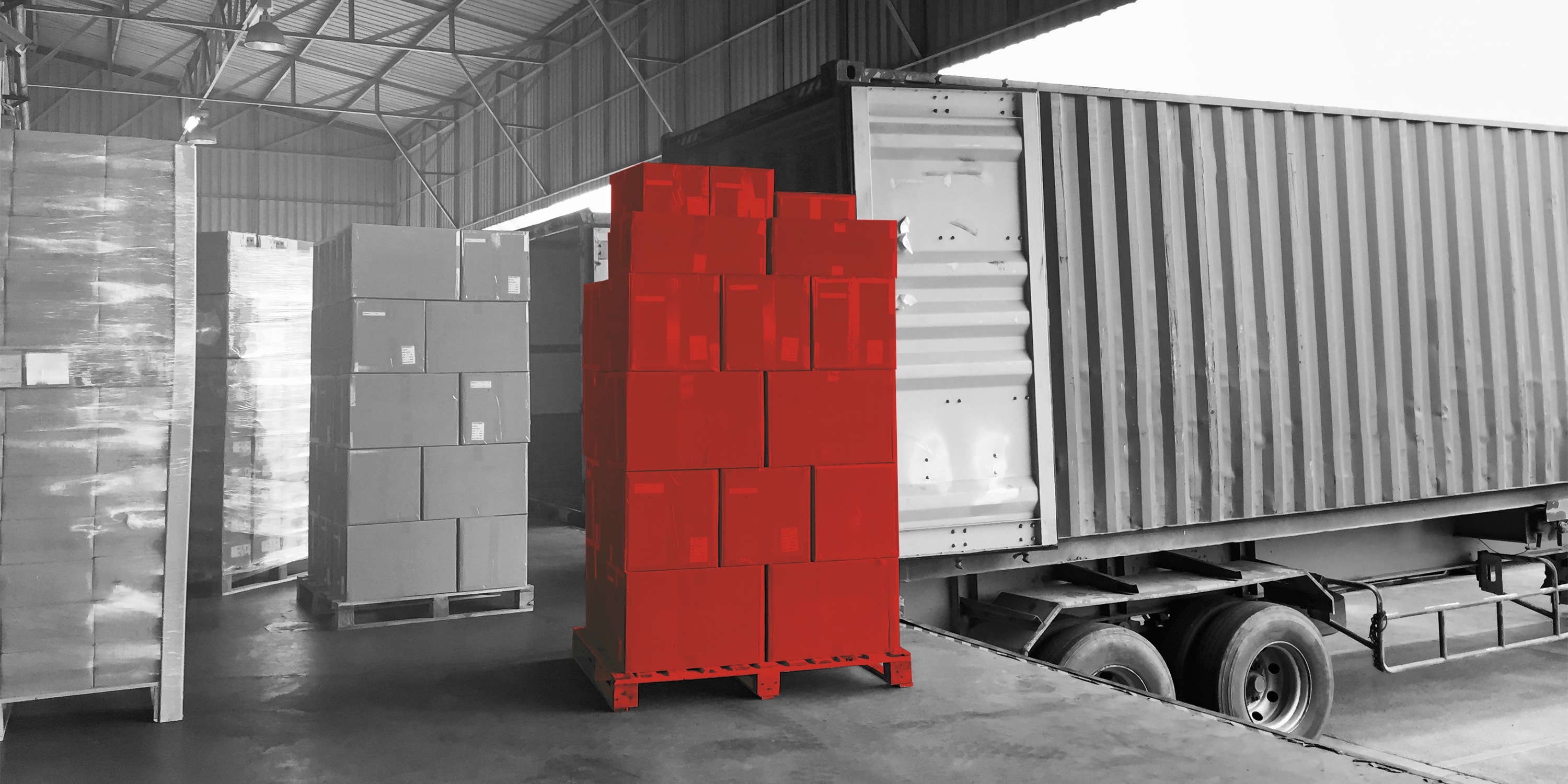Change is constant. Throughout the supply chain, we see changes in material costs, demand, fuel surcharges – you name it. So, why in an industry that is constantly affected by change, are we stuck using static rate tables or routing guides? A dynamic industry requires dynamic pricing to get the best results.
Category: Trends
The Truck Driver Shortage and Its Impact on LTL
While the truck driver shortage has been an ongoing problem for the better part of a decade, it is still having a large impact on all aspects of the transportation industry and was only accelerated by the CoVID-19 pandemic. The ensuing downturn in the economy caused a number of smaller fleets to lay off drivers during the early days of the pandemic. According to data from the Federal Motor Carrier Safety Administration (FMCSA) and Tucker Company Worldwide, small carriers lost 150,172 drivers during the first half of 2020, when US freight shipments dropped by 25%. Additionally, with extended unemployment benefits, some drivers found that they could stay home and stay safe without losing significant income, all while a number of retirement-age drivers decided to hang up their keys to avoid exposure to COVID-19 on the road. Also, the CDL Drug & Alcohol Clearinghouse cut loose 40,000 drivers due to failed drug test results, which accounted for about 1% of the truck-driving workforce.
The Impact of Ecommerce on LTL
Ecommerce was already steadily growing before the pandemic hit. Since COVID-19, it has boomed. According to ZD Net, ecommerce accounted for around 35 percent of all U.S. retail sales in 2020. Experts also anticipate the increase in online shopping to extend far beyond the pandemic. This should not come as a surprise. As a society, we tend to gravitate toward things that simplify our daily lives and shopping online certainly does that – especially with the increase in retailers offering free shipping or two-day shipping options.
The Impact of Ecommerce on LTL
Ecommerce was already steadily growing before the pandemic hit. Since COVID-19, it has boomed. According to ZD Net, ecommerce accounted for around 35 percent of all U.S. retail sales in 2020. Experts also anticipate the increase in online shopping to extend far beyond the pandemic. This should not come as a surprise. As a society, we tend to gravitate toward things that simplify our daily lives and shopping online certainly does that – especially with the increase in retailers offering free shipping or two-day shipping options.
Shipping Tips to Survive the “Ship-ocalypse” with Pierbridge
The COVID-19 pandemic wreaked a tremendous amount of havoc in 2020, and the shipping industry was not immune to its drastic impact. As people were forced to stay indoors, a major shift to e-commerce and online shopping created a prolonged peak shipping season, which caused carriers to be overwhelmed. It is interesting to note that experts expect many of the social and economic behaviors that Americans have adopted because of the pandemic to remain once life returns to “normal,” meaning that the e-commerce sector will continue growing and shippers will need to figure out how to mitigate carrier capacity issues.
LTL Logistics: What to Expect in 2021
2020 was an interesting year to say the least. The COVID-19 pandemic had a drastic effect on the global economy, hindering many industries – including transportation. With the online shopping boom and the increased need for delivery, the shipping industry was in demand. But it also had its share of challenges. The increased demand caused shipping delays, there was a driver shortage, delivery issues because of facilities being closed or limiting hours, and illness shutting down terminals or affecting companies in other ways. The less-than-truckload (LTL) industry now has to take the lessons learned in 2020 and prepare to move forward in 2021 and beyond. Here are a few things to look for in LTL logistics in 2021.




